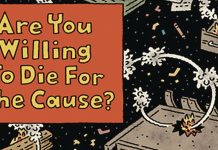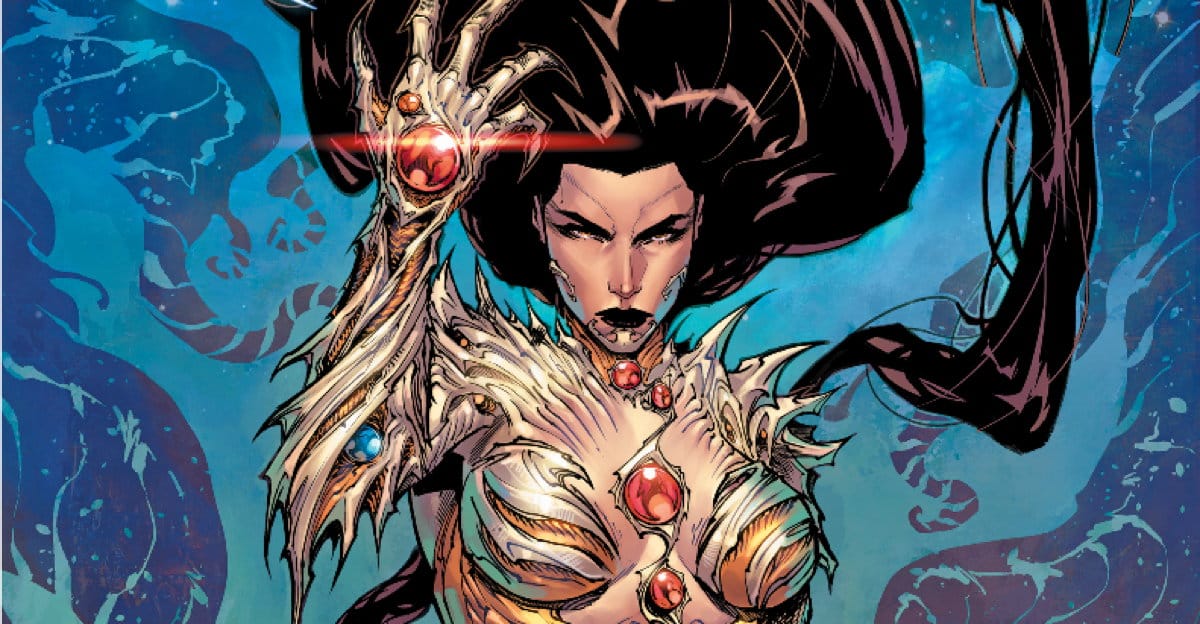 Kitaro, Japan’s Classic Manga
Kitaro, Japan’s Classic Manga
By: Shigeru Mizuki
Translator: Jocelyne Allen
Publisher: Drawn & Quarterly
Drawn & Quarterly has recently published a new collection of Shigeru Mizuki’s timeless Kitaro manga, fittingly-dubbed Kitaro, Japan’s Classic Manga. I’m not going to belabor any sort of value judgement of these comics themselves with this review. They are, to be quite understated, real good. In fact, they are foundational works for not only comics as a medium, but also for horror-based and horror-tinged storytelling writ large. They are timeless classics that anyone with an interest in comics or horror is lucky to now have readily available in a new volume.
Instead, I’d like to focus on the choices made in the creation of this new book itself, the way that the manga is compiled and presented to readers. I’ll touch on the stories and the character as well, but mostly within the context of the new collection and what it does to emphasize them. Overall, Kitaro, Japan’s Classic Manga is a beefy new book that includes nearly 400 pages of comics storytelling. There are 13 pieces of varied lengths, all of which were published in a span of roughly 12 months, from August 1965 to September 1966.
The design is smart and sharp-looking throughout. The index up front is tagged with the names of the stories, and the dates on which they were first published. It might seem like a small thing, but having the dates there is really additive, helping readers understand the significance of what they are about to consume. As you may already know, these Kitaro comics are important. These early stories helped to popularize a new depiction of a lasting character, some version of which dates back to 1933, when it was first created by writer Masami Ito and artist Kei Tatsumi for kamishibai theater, which as Mizuki scholar Zack Davisson notes in this book’s excellent new intro, is “an early form of sequential storytelling and children’s entertainment.”
That intro goes on to tell the story of how — with Ito’s permission — Mizuki crafted the Kitaro we see here. Combined with the index, what emerges before the reader reaches the first panels is the idea that they are entering a creative period that was so prolific and vibrant, it influenced the medium forever, delivering timeless comics that are brimming with ideas and imagery and a sensibility that humanizes horror tropes that — as far as I know — really hadn’t been empathized with in the same way before this manga, or at least not with the same skill and depth of narrative excellence.
The intro points out that this book depicts the first instance of a biological kaiju battling a man-made robotic creation, or Godzilla Vs. Mechagodzilla, if you will (checkout a page from that story below). It’s a nice way to get across the reader the influence of this work. And while that specific story comes later, pointing that out plants a seed with readers that there are other influences to be found. I certainly looked for them in the early stories, and I was quite pleased to do. It particularly heightened my enjoyment of Monster Night Game, which is essentially a sports manga in which Kitaro and his monsters pals face off against a baseball team for their human souls. I feel like I’ve seen versions of this in many cartoons and comics over the years, and I also appreciated the glimpse of an early sports manga, a genre that continues thriving to this day, in a way it just never has (somewhat inexplicably) in comics made in the United States.
Reading these comics is an experience that will spark many thoughts like that. They are also, simply put, just excellent stories with gorgeous artwork. And this new collection really works hard to honor both their lasting, timeless quality, as well as their place and significance for the evolution of manga, comics, and horror. The index and intro are great at the start, but the book also delivers a set of notes and a yokai glossary (see below) in the back that help make bring the classic manga into focus for unfamiliar readers, making it not only accessible, but able to be understood for just how important it was and remains.
Also in the intro, Davisson writes, “If this is your first time reading these, I confess I’m a bit jealous.” Now that I’ve finished this new collection and placed it firmly on my shelf to stay, I feel the exact same way.
Verdict: BUY
Read more trade collection reviews every Thursday in our Trade Rating column!













